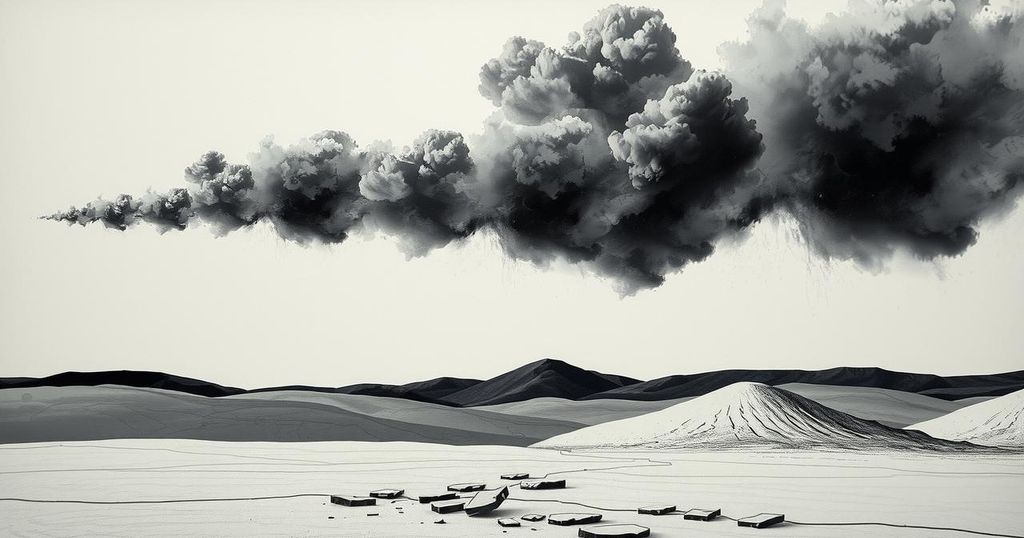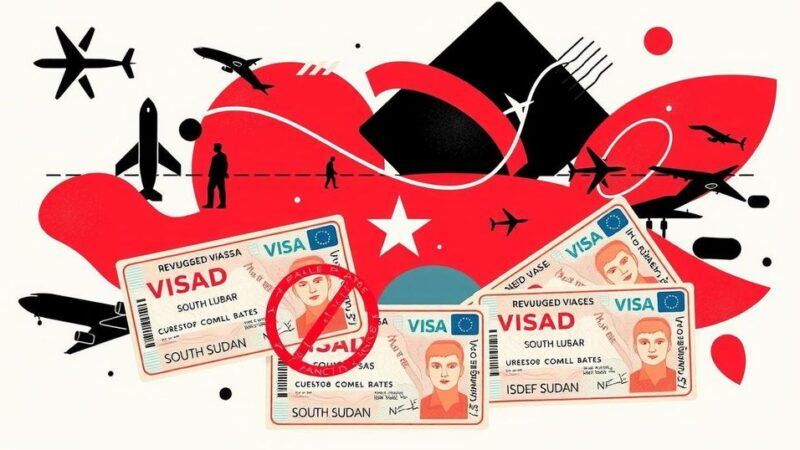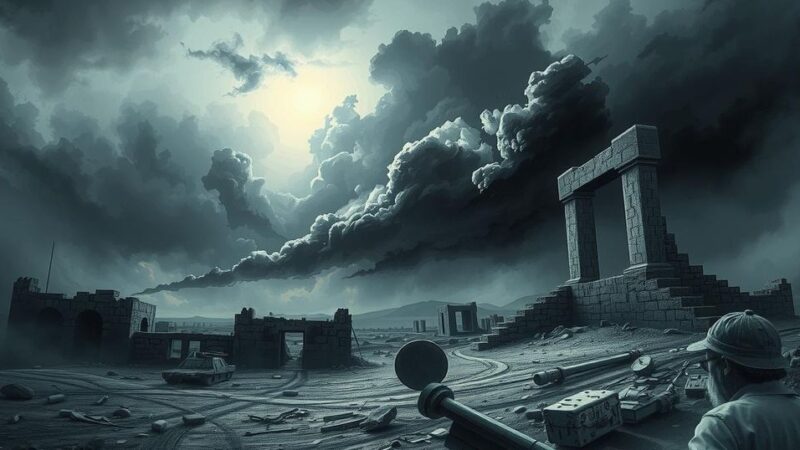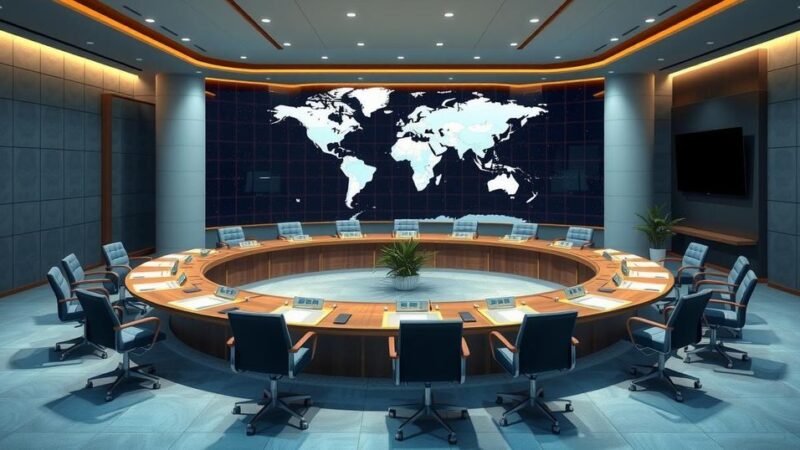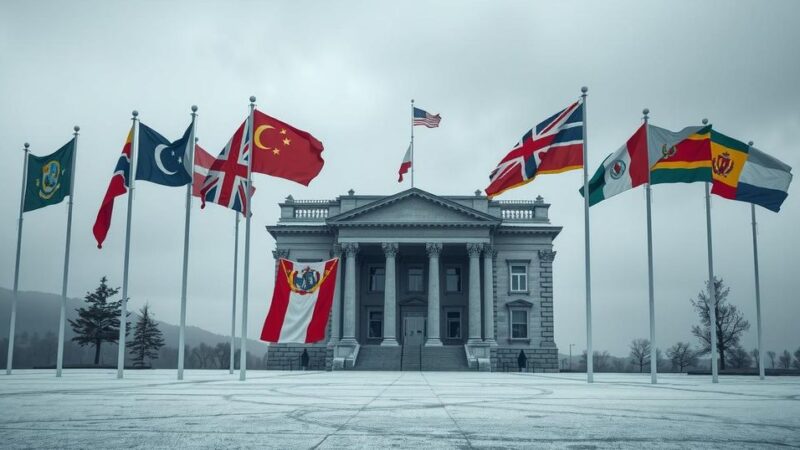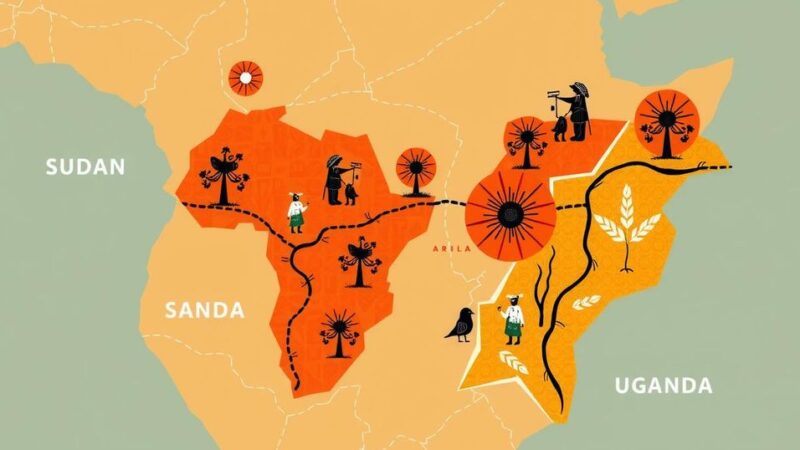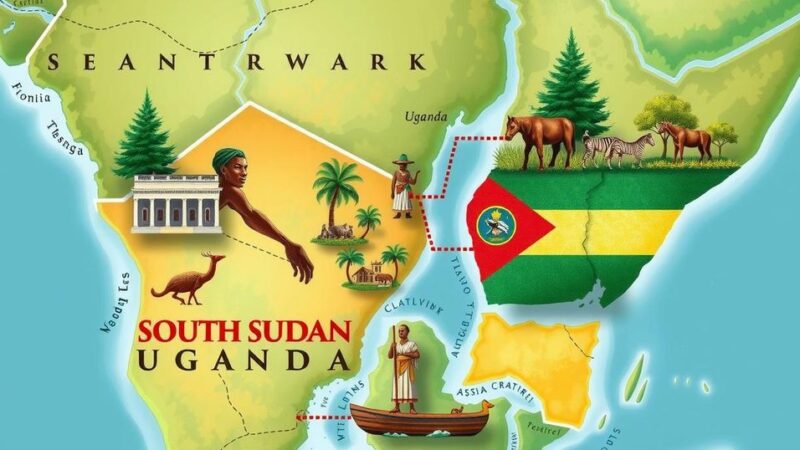The conflict in DR Congo, particularly in the mineral-rich east, has lasted over 30 years, influenced largely by the aftermath of the 1994 Rwandan genocide and ongoing struggles between armed groups, particularly the M23 rebel group. Goma, a key city, has witnessed escalated fighting as the M23 claims control with possible links to Rwandan support, leading to significant regional tensions.
The Democratic Republic of Congo (DR Congo) has experienced over 30 years of ongoing conflict, primarily concentrated in its mineral-rich eastern region following the 1994 Rwandan genocide. Numerous armed groups vie for control, often leading to a catastrophic humanitarian situation and drawing in neighboring countries, especially during the devastating conflicts of the 1990s, referred to as “Africa’s World Wars.”
Currently, the M23 rebel group has advanced into Goma, a major city in eastern DR Congo, which is an essential trade and transport hub. Despite claims by the rebels of controlling Goma, the Congolese government asserts that its troops maintain presence in key locations around the city.
Led predominantly by ethnic Tutsis, the M23 claims its actions are aimed at protecting minority rights amidst unfulfilled promises from prior peace agreements. Established in 2012, the M23 gained significant territory, including Goma, facing widespread condemnation for alleged war crimes. Although they initially withdrew from Goma and integrated into the Congolese army, the group resurfaced in 2021, citing a breach of commitments.
The involvement of Rwanda in the conflict has been contentious. While Rwanda has consistently denied supporting the M23, UN reports have accused it of providing military aid and backing to the group since 2012. A recent report indicated the presence of Rwandan troops alongside M23 fighters, which Rwanda did not overtly deny but labeled the ongoing violence as a threat to its security.
The current conflict’s roots can be traced back to the Rwandan genocide, prompting significant ethnic tensions in DR Congo. Following the genocide, an influx of Hutus fleeing retribution heightened threats to local Tutsi populations, particularly the Banyamulenge group. Rwanda has previously invaded DR Congo to pursue genocide perpetrators and continues to see the presence of the Democratic Forces for the Liberation of Rwanda (FDLR) as a threat to its security and regional stability.
Rwanda has voiced concerns regarding the FDLR’s persistence in DR Congo, accusing the Congolese government of harboring the group, which DR Congo refutes. Unless the FDLR is addressed, analyses suggest that Rwanda’s involvement in the DR Congo conflict will persist, with suspicions that it seeks to exploit the region’s mineral wealth.
The Democratic Republic of Congo has faced prolonged conflict stemming from ethnic tensions and competition for control of its rich mineral resources. The aftermath of the Rwandan genocide in 1994 exacerbated these tensions, culminating in various armed factions vying for dominance. The ongoing instability continues to impact not only DR Congo but also influences neighboring countries, especially through the involvement of Rwanda and its historical ties to ethnic Tutsi groups in the eastern regions of DR Congo.
The ongoing conflict in DR Congo remains complex and multifaceted, with deep historical roots tracing back to the Rwandan genocide. The resurgence of the M23 rebel group and allegations of Rwandan involvement highlight the tensions that persist in the region. Addressing these issues is crucial for establishing peace, as the instability significantly affects the lives of millions and maintains a cycle of violence over the region’s valuable resources.
Original Source: www.bbc.com
